Content
1. Preparation before operation
Equipment inspection and environmental preparation
Check whether the power cord is intact, ensure safe grounding, clean up debris around the automatic sealing machine, and keep it ventilated and dry (room temperature is recommended to be around 25°C). Confirm that the sealing film is installed correctly, the film is wound counterclockwise, and is fixed securely to avoid falling off during operation.
Parameter setting
Adjust the temperature of the automatic sealing machine according to the season: it is usually set to 175°C in summer and needs to be increased to 180-190°C in winter to compensate for the low temperature. Adjust the sealing time and pressure according to the packaging material (such as plastic cups, aluminum foil bags), and the general sealing time is controlled within 1-3 seconds.
2. Safety and specifications during operation
Safety protection
Avoid contact with the heating area or moving parts (such as cutters) with your hands to prevent burns or mechanical injuries. When working at high temperatures, ensure that the heat dissipation holes are unobstructed to prevent the equipment from overheating.
Sealing quality control
When placing the packaging container, it is necessary to align the sealing groove to ensure that the position is flat to avoid loose sealing or leakage. Observe the sealing effect. If there is leakage or continuous cutting, check the cleanliness of the blade or adjust the temperature/pressure.
3. Daily maintenance and troubleshooting
Cleaning and lubrication
Daily cleaning: wipe the heating plate, blade and sensor after power off to remove residual film and dirt (metal tools are prohibited from scratching).
Regular lubrication: Apply butter to moving parts such as tracks and chains every month, and check the lubrication of bearings every three months.
Common troubleshooting
The sealing film cannot be cut: Check whether the blade is sticky with residual glue or passivated, and replace it if necessary.
Automatic cup feeding failure: Clean or adjust the sensitivity of the sensor to ensure that there is no dust blocking.
Abnormal noise: Check for loose parts and add lubricating oil.
4. Special precautions
Material compatibility
Avoid using inferior sealing film or deformed containers, otherwise it is easy to cause loose sealing or uneven cutting edges.
Dirt on the high-temperature belt needs to be cleaned regularly, and worn parts (such as silicone strips and heating wires) need to be replaced in time.
Energy saving and shutdown management
Unplug the power supply when not in use for a long time, and cover it to prevent dust; turn on the cooling switch to dissipate heat before shutting down.
5. Comparison with other sealing methods
|
Comparison Items |
Automatic Sealing Machine |
Manual Sealing Machine |
|
Efficiency |
High-speed continuous operation |
Single operation, slow speed |
|
Precision |
Parameters are adjustable, sealing quality is stable |
Depends on manual experience, prone to fluctuations |
|
Maintenance cost |
Requires regular lubrication and parts replacement |
Simple structure, less maintenance |

 English
English Français
Français Deutsch
Deutsch Nederlands
Nederlands


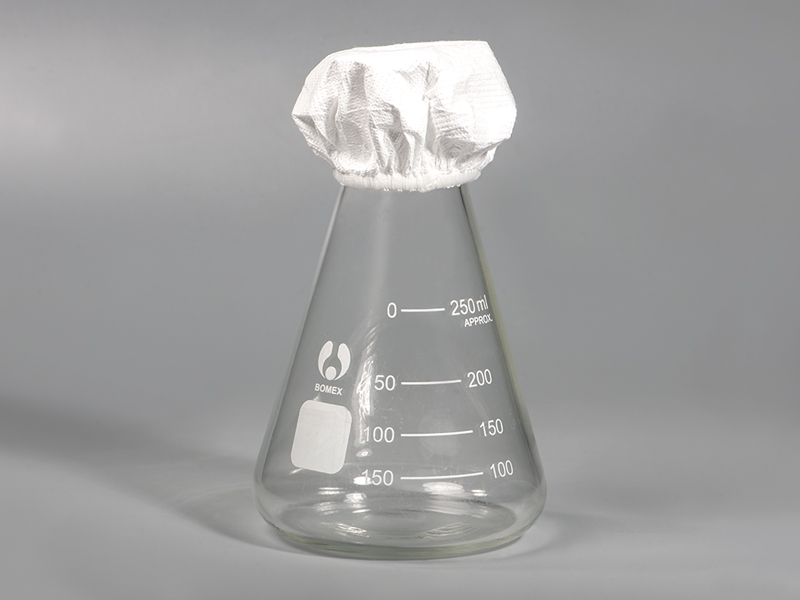
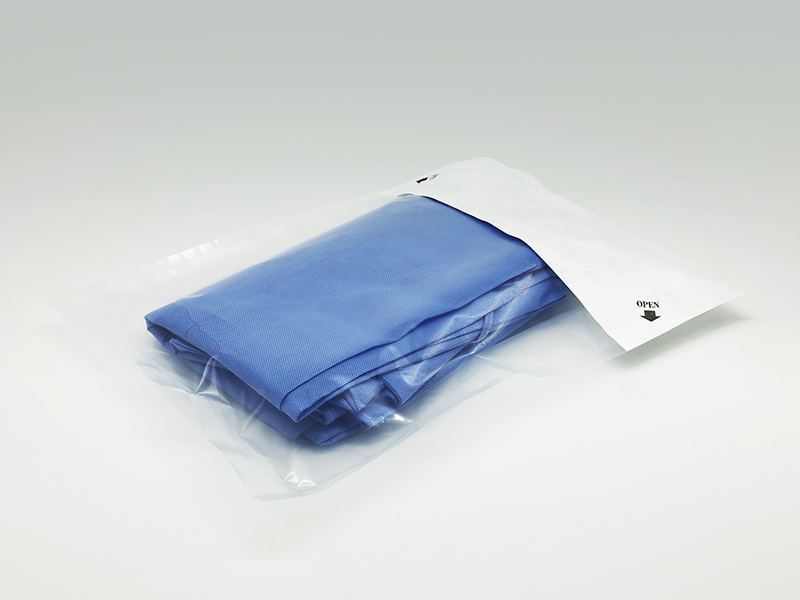


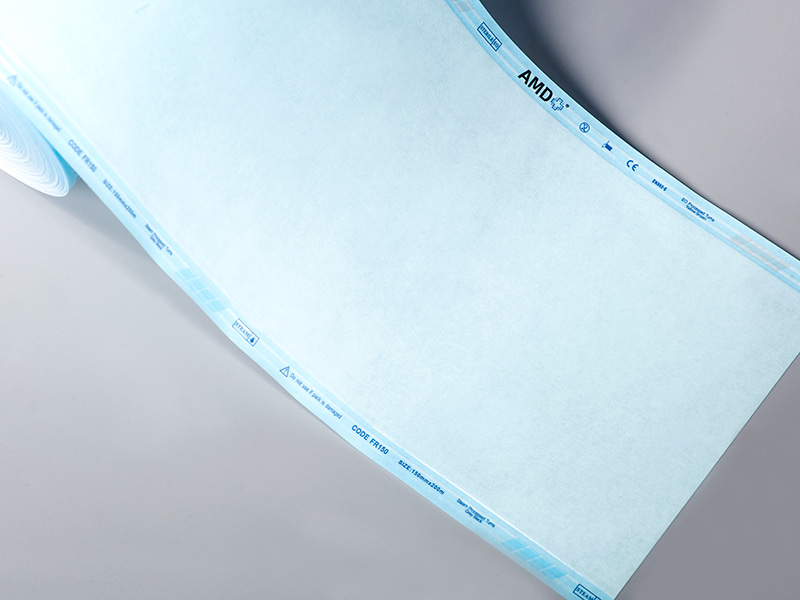
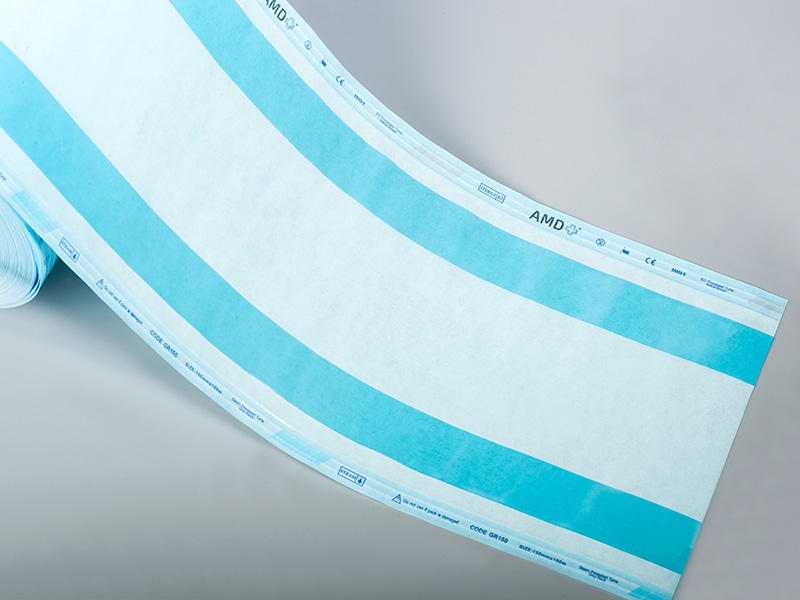
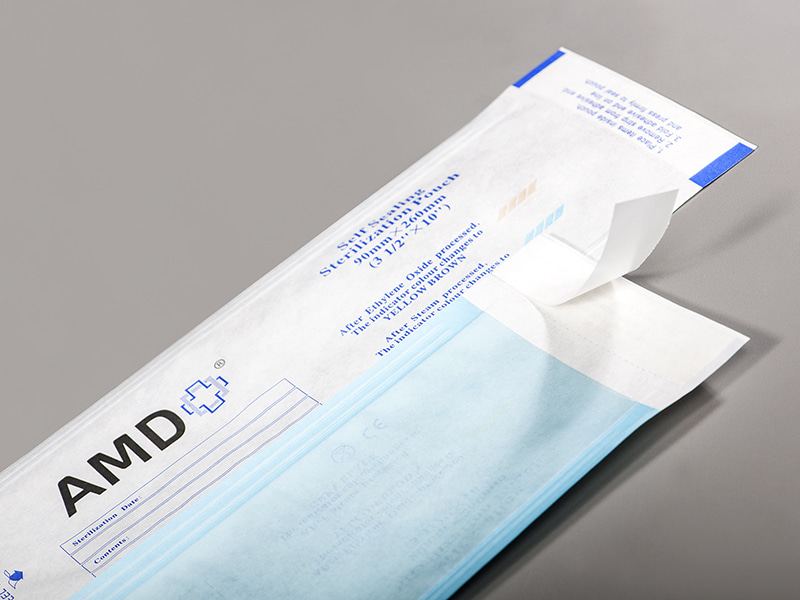
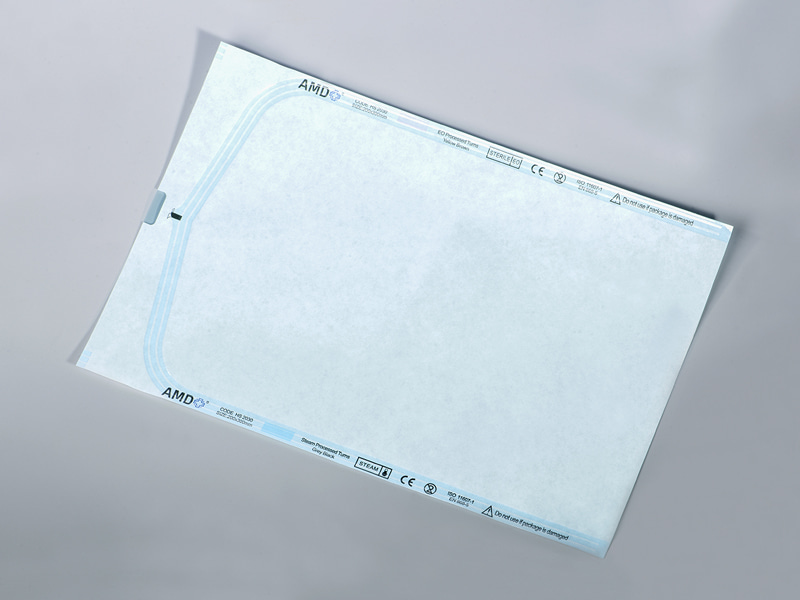
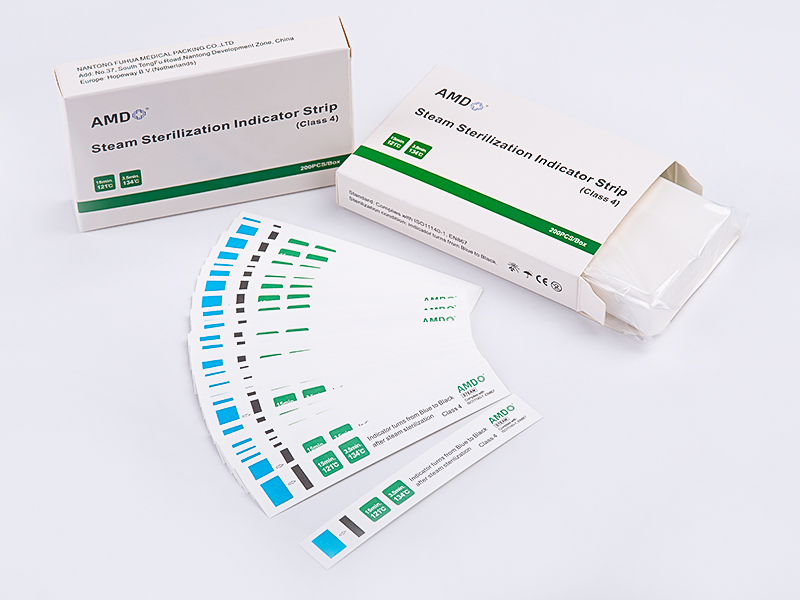
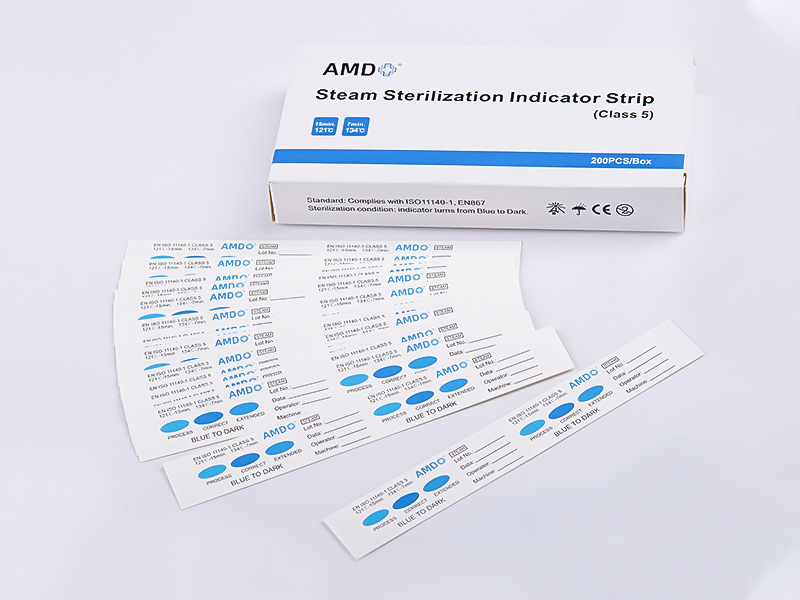

 ‘s-Gravenweg 542, 3065SG RotterdamThe Netherlands
‘s-Gravenweg 542, 3065SG RotterdamThe Netherlands
 +31 (0)10 254 28 08
+31 (0)10 254 28 08







